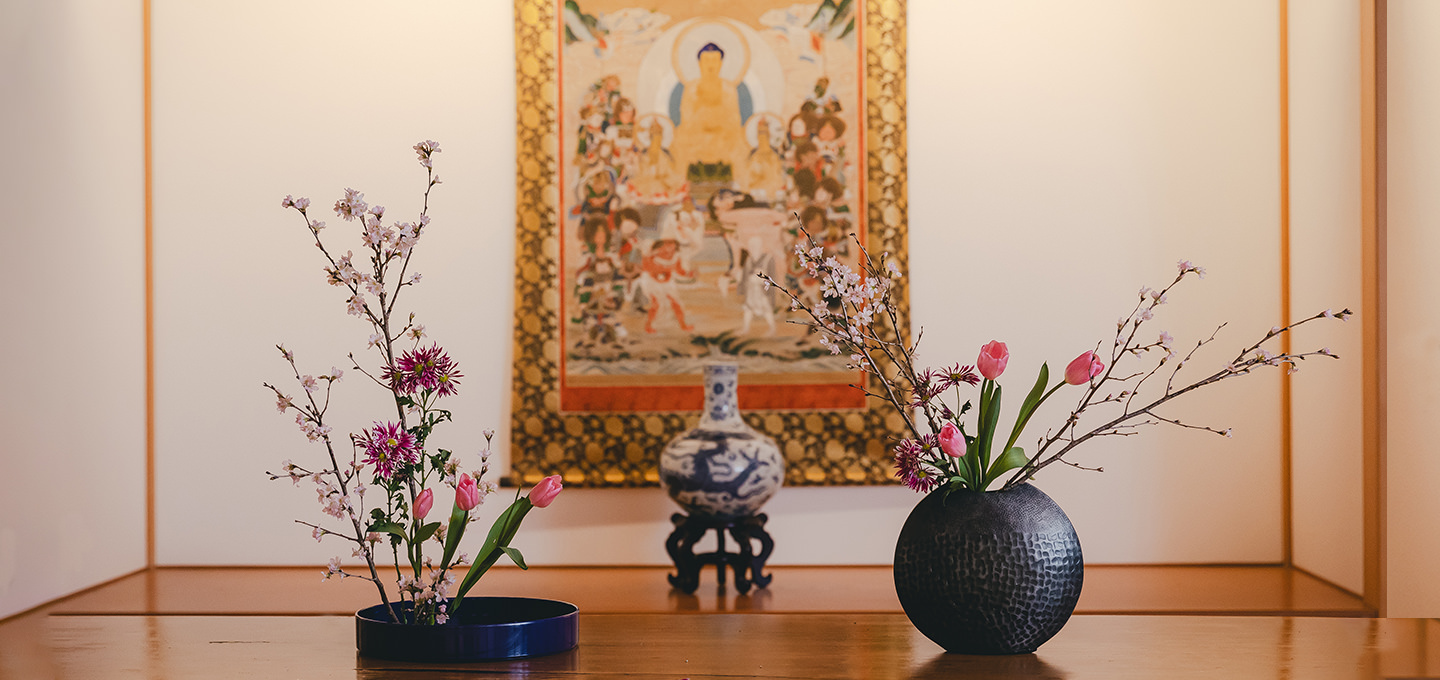
Special Experience
Tokyo
Ikebana Practice after Mind-Clearing Meditation at the Historic Daihonzan Koboji Temple near Tokyo Tower
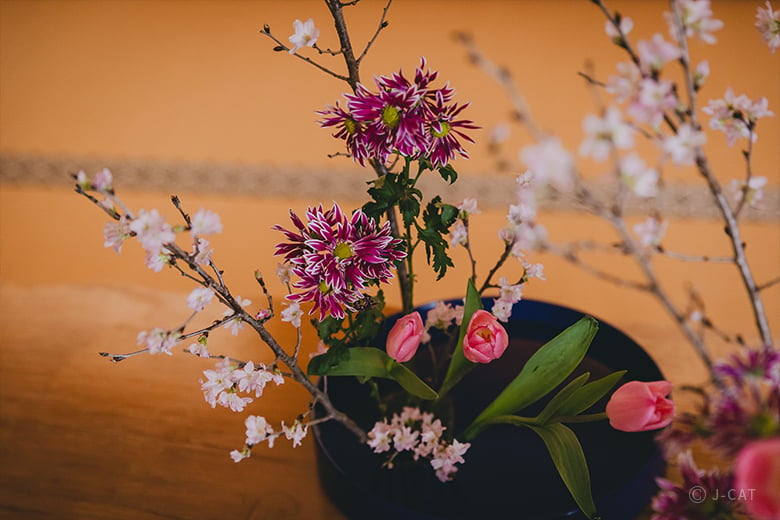
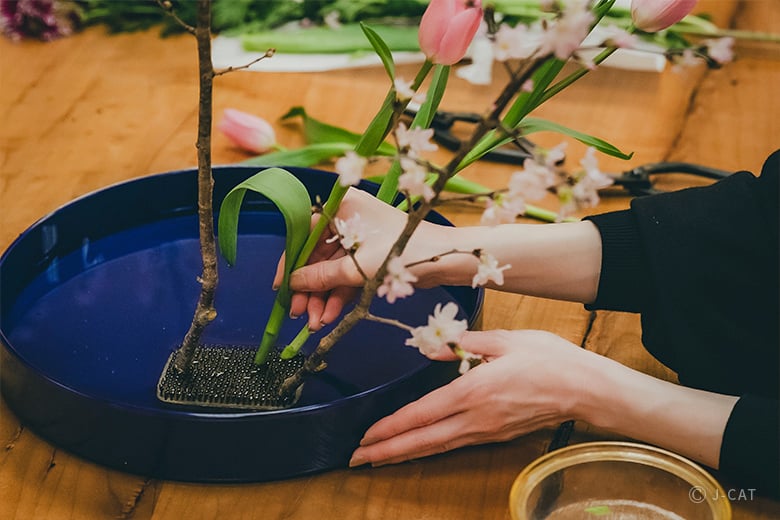
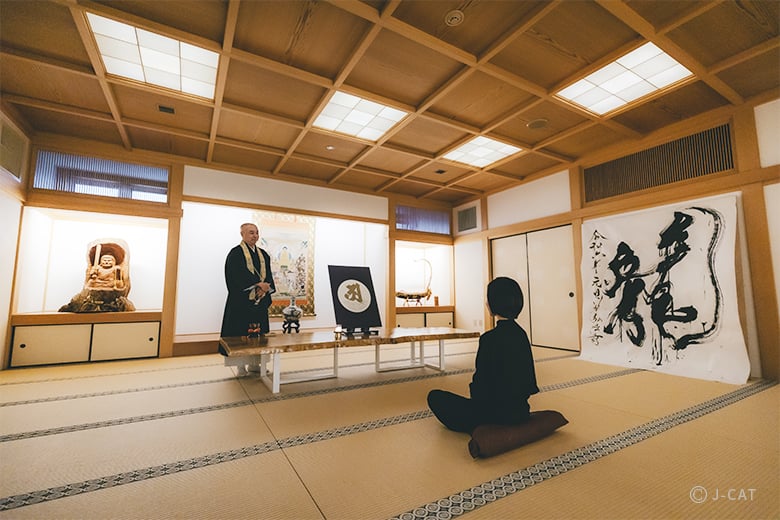
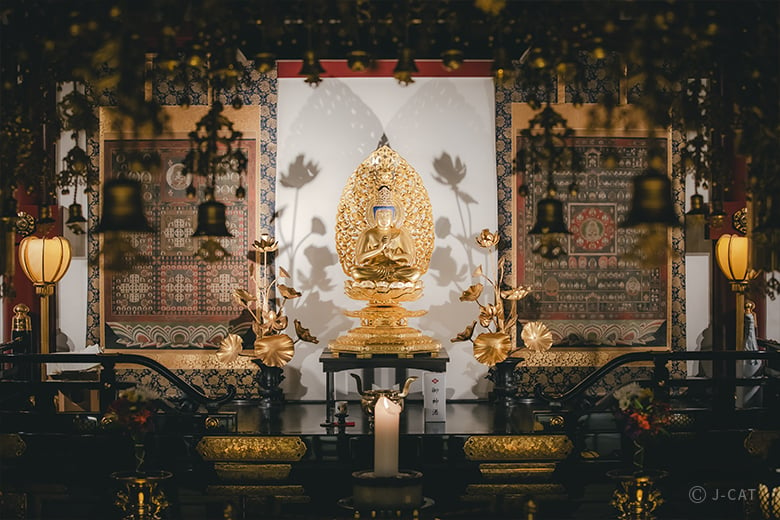
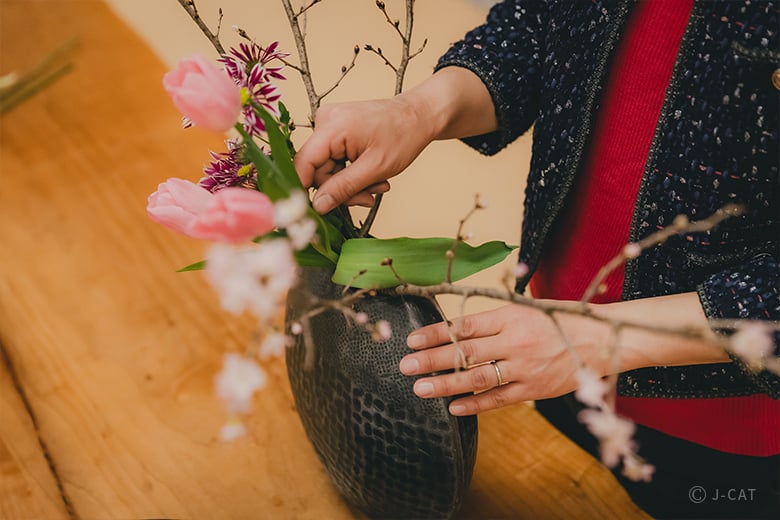
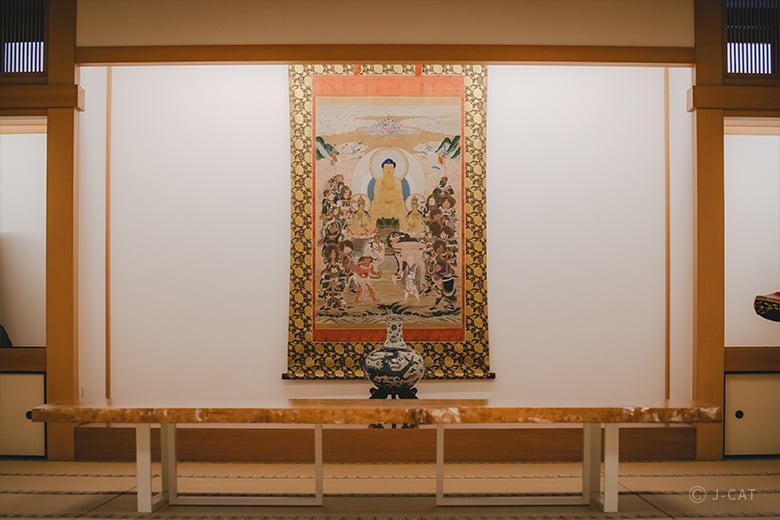
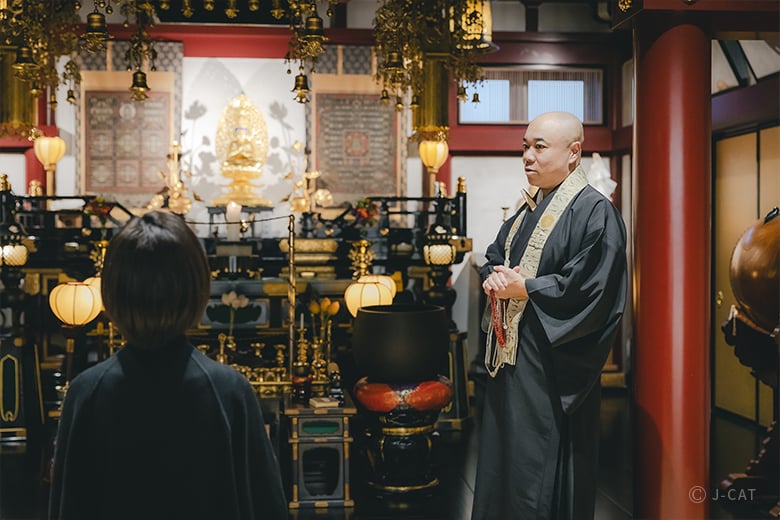
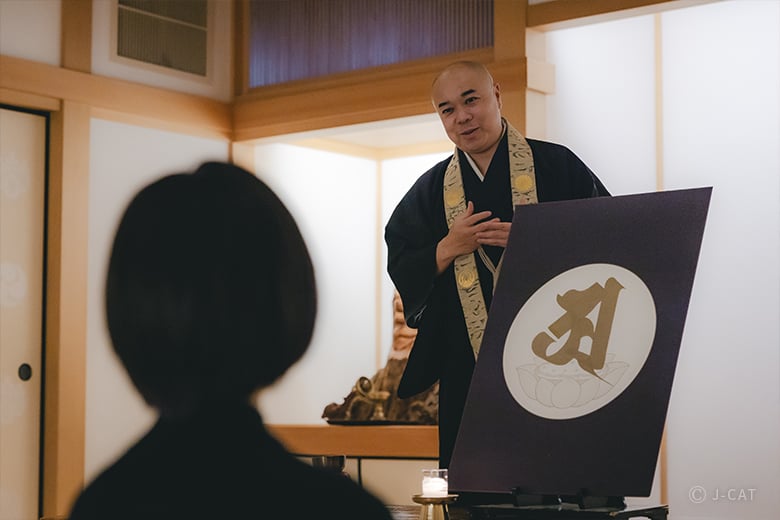
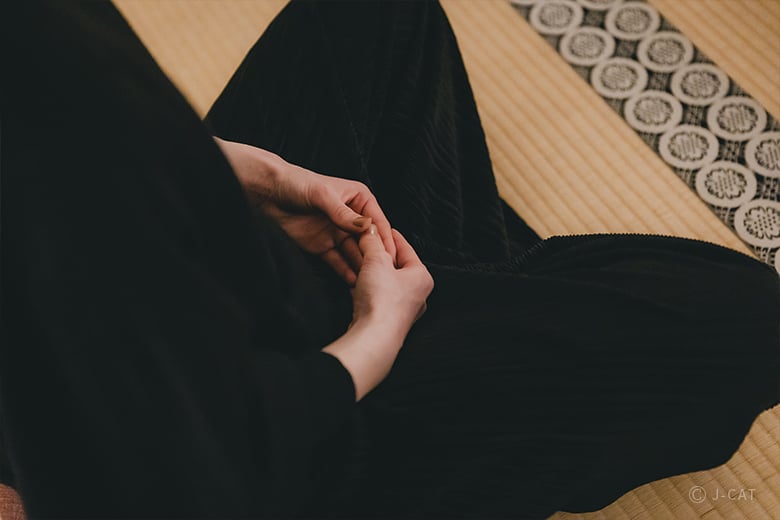
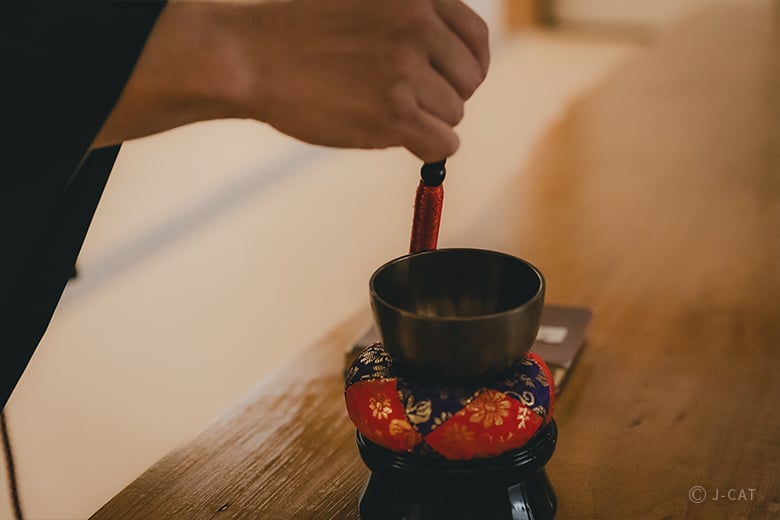
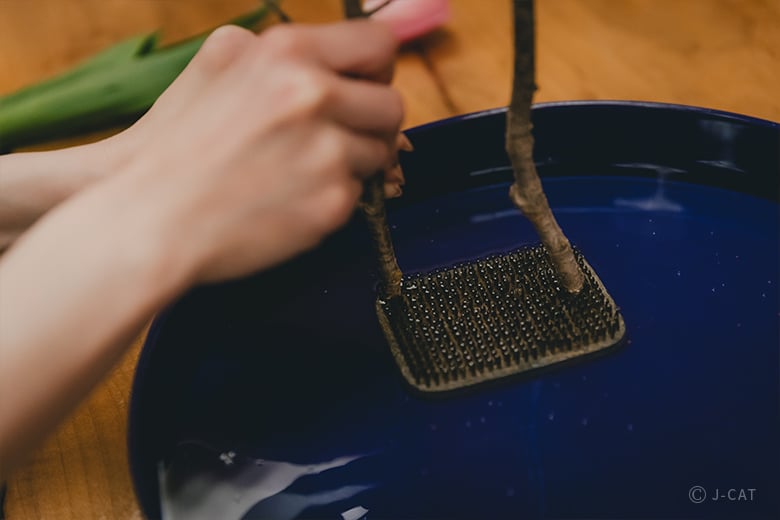
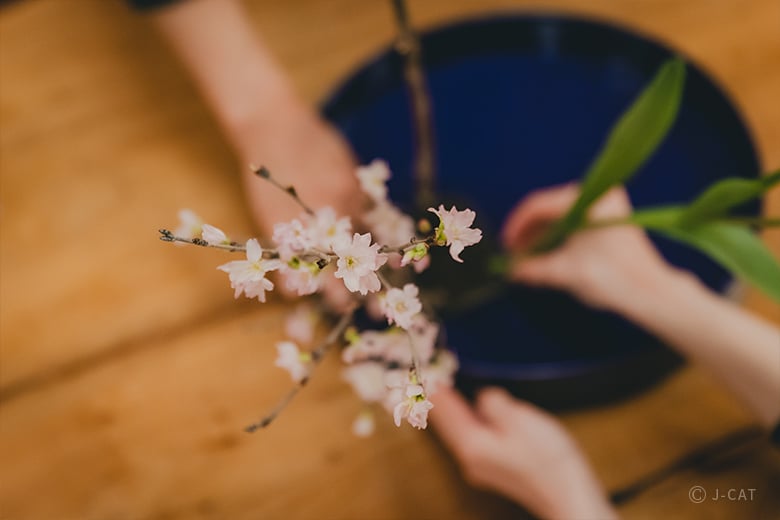
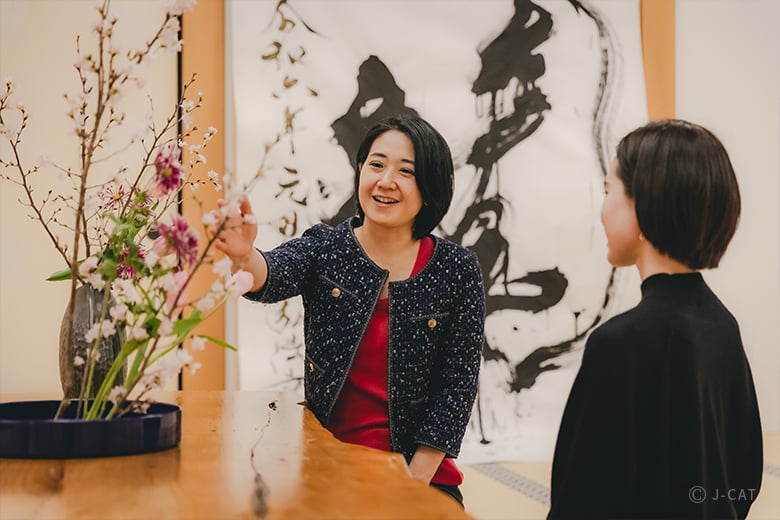
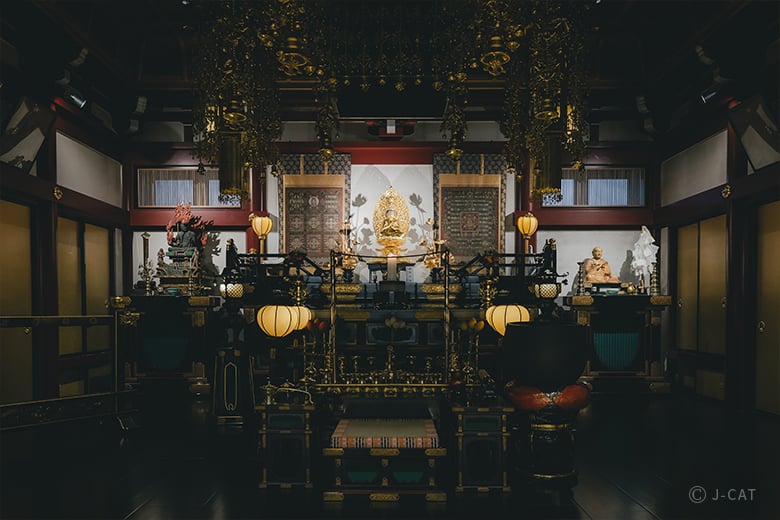
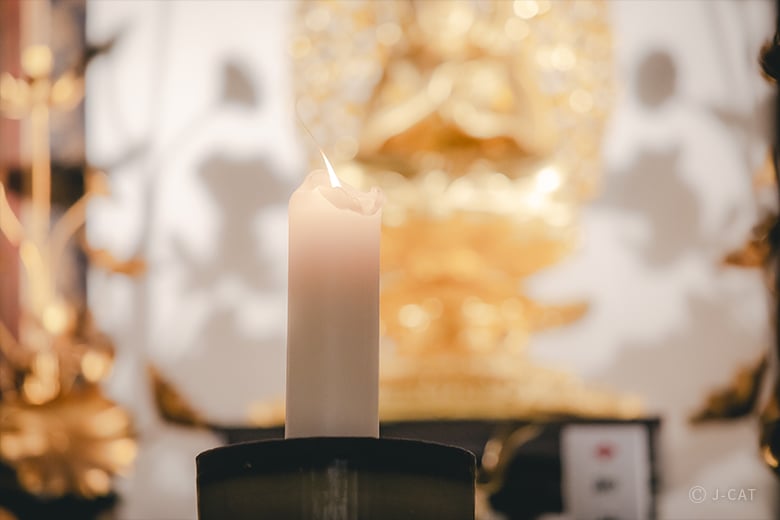
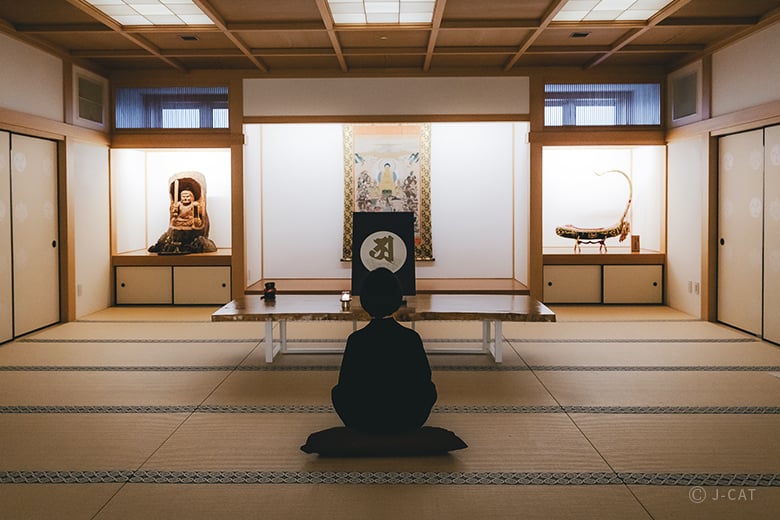
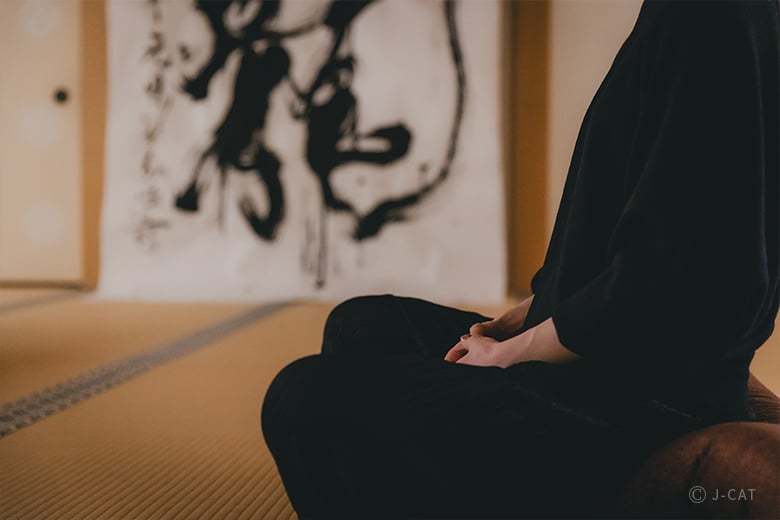
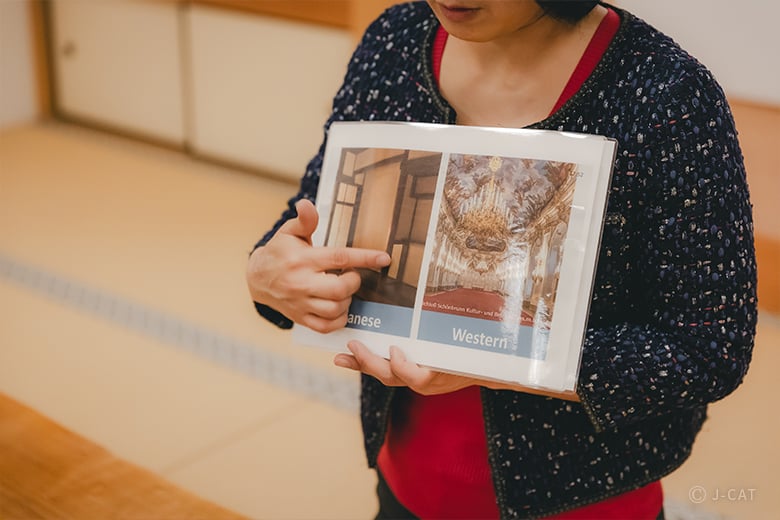
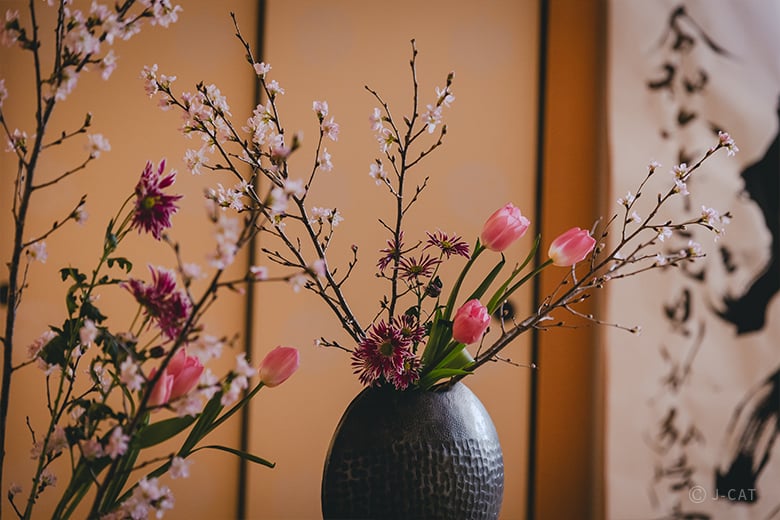



















Overview
In this special plan, guests practice Ajikan meditation and learn ikebana flower arrangement at the historic Koboji Temple near Tokyo Tower. Ajikan is an ancient Buddhist method of meditation handed down from ages past. Guests in this experience can learn under Sogetsu master Seika Ata, or one of Ata’s disciples. Let go of your stresses and enjoy yourself through this dual experience of two of Japan’s celebrated traditional cultural practices.
Key Features
・Experience meditation and flower arrangement side by side at the storied twelve century-old Koboji temple in this limited Wabunka plan.
・Practice the esoteric Ajikan meditation techniques of Shingon Buddhism under the guidance of the temple’s chief priest or deputy chief priest.
・A professional ikebana flower arrangement master will guide you in creating an arrangement of your own, teaching you the beauty of this traditional Japanese art.
Tokyo
100mins
from ¥49,000 /person
1 - 10 participants
Available in English
Cancel free up to 11 days prior
Details
Koboji: Ancient Temple with an Eternal Flame
Near Tokyo Tower sits the historic Koboji Temple, founded in 816 under the Shingon sect of famed Japanese monk Kukai (774-835) to make the precepts of Buddhism more accessible to the common public.

The august main hall of Koboji
Koboji is also known as a power spot due to the “eternal flame” in its main hall, so called because the fire lit by Kukai as he practiced his austerities on Miyajima Island’s Mount Misen (in modern day Hiroshima Prefecture) during the Heian Period (794-1185) has continued to be lit until the modern day, giving the fire a mysterious aura whose power attracts many visitors.

The “Eternal Flame” bridges the hands of Kukai himself with the legacy he has left behind in the present day
Experience “Ajikan,” the Ultimate Meditation Method
This experience begins with meditation. Upon arriving at the temple, guests offer a greeting to the main hall’s Buddhas. Koboji enshrines three figures: Dainichi Nyorai, Fudo Myo-o, and Kobo Daishi. Principle of these is Dainichi Nyorai, in front of whom sits the “eternal flame.” This plan offers a closer seat to the Buddha than usually available to the visiting faithful.

The chief priest (or deputy chief priest) expounds upon the three Buddhas and the differences in thought between Buddhism and Christianity
After greeting the Buddha, proceed to the large hall for Ajikan meditation. Ajikan began in the Heian period, and has been handed down through the ages within Japanese Buddhism. While other approaches to meditation focus on clearing the mind, Ajikan’s primary focus is on controlling the mind at will.

Ajikan is considered Shingon Buddhism’s ultimate form of meditation
For specifics, begin by visualizing a large full moon and the Dainichi Nyorai. Gradually expand it until you eventually feel yourself become one with all existence. That is Ajikan. The method comprises two stages, called “Susoku-kan” and “Gachirin-kan,” which for most take time to progress through. The chief priest (or deputy) of Koboji will observe your progress and instruct you if you are ready to proceed to the next stage.

It’s important to go as far into the experience as you can without forcing it
As the methods of these stages usually take time to master, it will be up to the chief priest (or deputy) to decide if and when you are ready to proceed. Discover an indescribable comfort and feeling of positivity through the grand exercise of visualizing the cosmos.
Seika Ata: an Ikebana Professional Internationally Experienced in Teaching the Art
After centering your mind through meditation, try your hand at flower arrangement under master ikebana practitioner Seika Ata, or one of her professional disciples. Ata has been doing ikebana since the age of 10, and during a study abroad in Seoul she also taught the art to her local students there. She has extensive experience in running ikebana experiences geared toward people from all over the world.

Ikebana practitioner Seika Ata, whose aim is to “connect people with the healing power of flowers”
Ikebana in Japan is dominated by three major styles, or schools, sometimes referred to as the Big Three. Ata’s is the Sogetsu School, whose style places an emphasis on the individuality of living people – a principle that Ata cherishes and imbues into her daily instruction.
Discover Japan’s Singular Aesthetic Sense through the Experience of Flower Arrangement
Ikebana, the art of creating arrangements of seasonal flowers within a container, is a cultural tradition of Japan. Comparisons to Western styles of flower arrangement might come naturally, but it is a distinct art form with a different philosophy and approach. Whereas Western styles emphasize the “faces” of the flowers and seek an aura of luxury, ikebana creates its arrangements around the elements of “lines” and emphasizes naturalism – aesthetic tendencies shared with many other Japanese art forms.

An accessible breakdown of distinguishing characteristics of Japanese aesthetic sensibilities vis-à-vis Western ones
After learning about the characteristics of Japanese aesthetics, your instructor will create an arrangement right before your eyes. Pay careful attention to her techniques and the steps she follows.

A flower’s length, position, and angle can dramatically change the effect of a piece
Following your instructor’s model, begin creating your own arrangement, following a template designed to be accessible for beginners. Under the guidance of your highly experienced instructor, create flawless and beautiful arrangements.

Create highly refined arrangements under your instructor’s attentive and clear guidance
In ikebana, small changes add up to big differences in the finished piece. Details matter, so work with careful attention to placement and angle. If there is extra time, you can also try your hand at a freestyle arrangement, which follows no fixed template.
Photography and Instructor Feedback on Finished Arrangements
When your arrangement is finished, your instructor will assess it and offer feedback. With your instructor’s perspective and the chance to compare your work with that of others, your own strengths will become clearer to you, as well as areas you might want to improve in the future. Finally, take photos of your completed arrangement, and take your flowers home with you as a keepsake of the experience.

Each flower, each arrangement, and each encounter is a unique and once-in-a-lifetime opportunity
Ata sees ikebana flower arrangement and meditation as having a natural affinity. “We all go through our lives day after day in states of restless agitation, heads full of concerns about work, household chores, and so on. But to really create great works in ikebana, one must achieve focus, let go of distractions, and quiet the mind.”

Japanese aesthetics draw on a keenness of mind
Meditation for relaxation or concentration, ikebana for an up-close brush with beauty and Japanese aesthetics – the things you learn here are sure to enrich your day-to-day long after the experience is over.
Daihonzan Koboji Temple / Ikebana Master Seika Ata

Daihonzan Koboji Temple / Ikebana Master Seika Ata
Daihonzan Koboji Temple
A temple which stands in the vicinity of Tokyo Tower, founded in 816 with over twelve centuries of history, focused on imparting the teachings of the Shingon sect and its founder monk Kukai in a manner accessible to the common public. The main hall enshrines three central figures and an “eternal flame” that has earned it a reputation as a power spot.
Ikebana Master Seika Ata
A master of the Sogetsu School of Ikebana and representative “Shonan Flower Coordination,” which manages enterprises working with floral design and ikebana. Under her mother’s influence, she began working with flowers at the age of 10, and today is renowned for her ikebana instruction and extensive experience, including in programs geared toward visitors from overseas.
Location
Daihonzan Koboji Temple
Minato Ward, Tokyo
Request for booking
Select first preferred date (JST)
January 2026
Sun
Mon
Tue
Wed
Thu
Fri
Sat

Instant Booking

Request Booking

17
Full

17
Unavailable
Tokyo
100mins
from ¥49,000 /person
1 - 10 participants
Available in English
Cancel free up to 11 days prior
Things to know
Contact Us
If you have any questions, please contact us using the form below.
We also accept bookings from corporate clients and travel agencies.